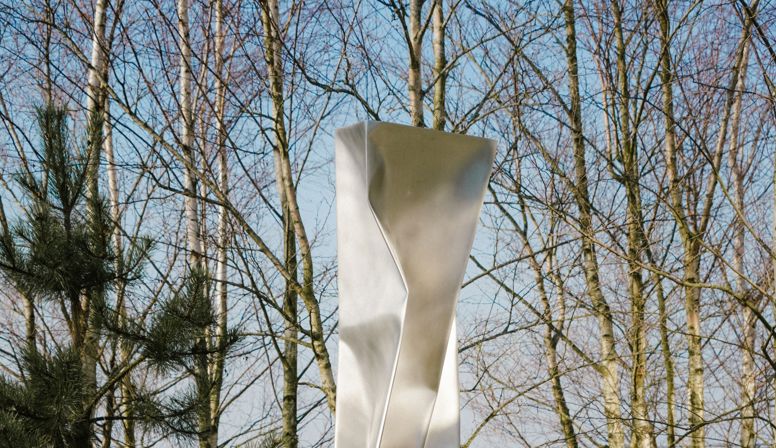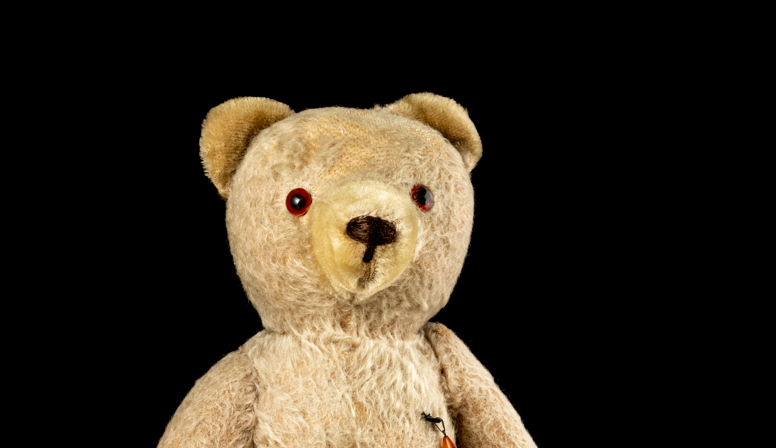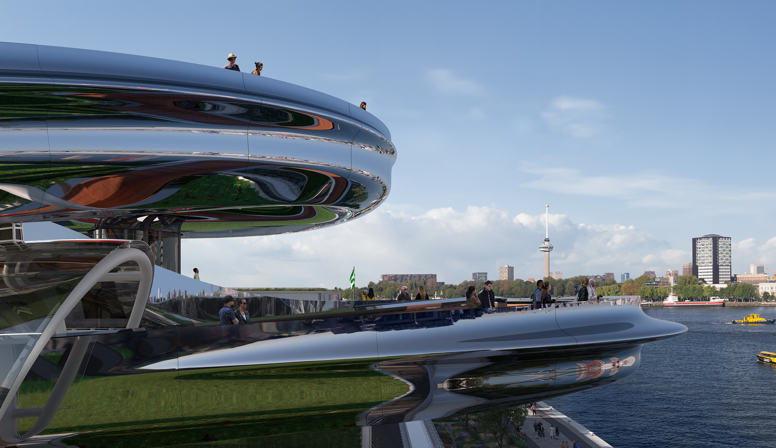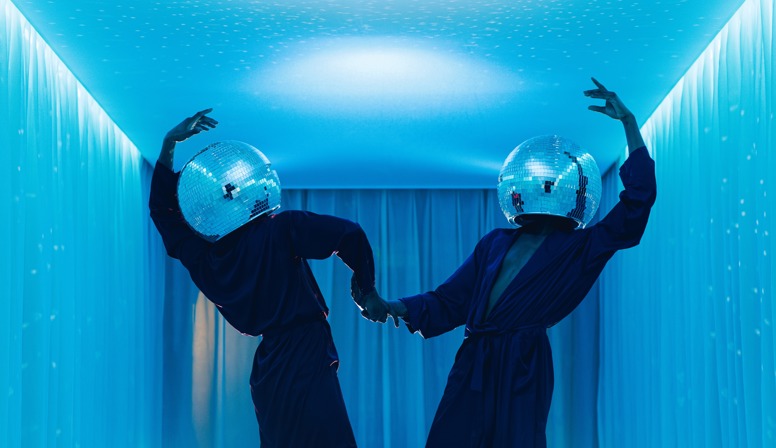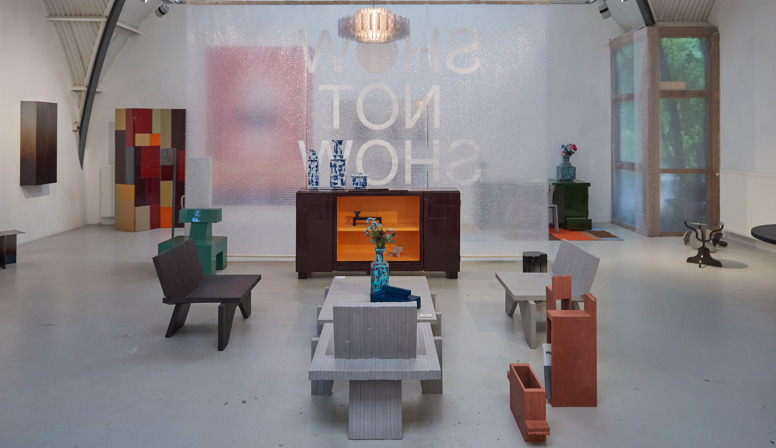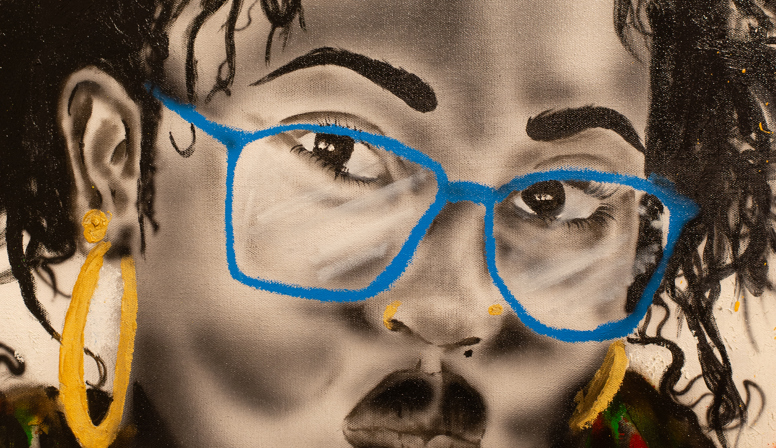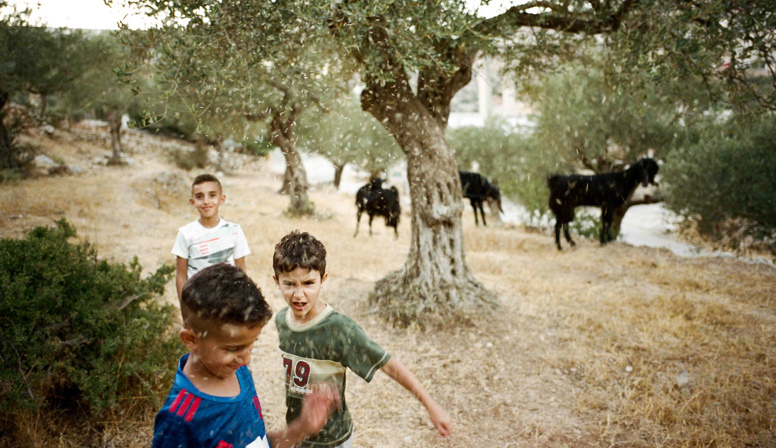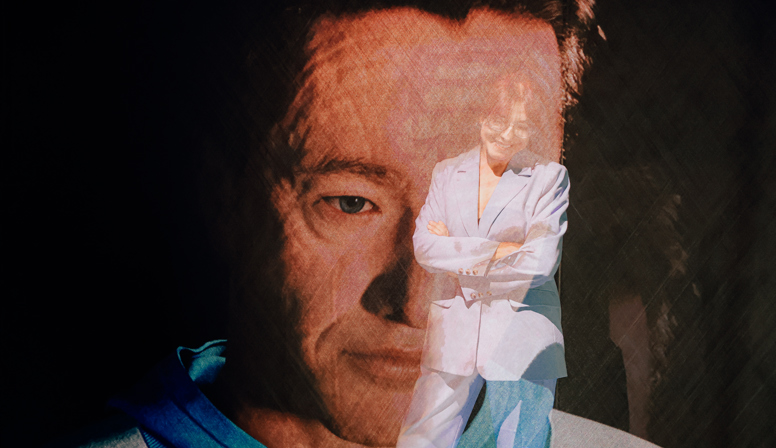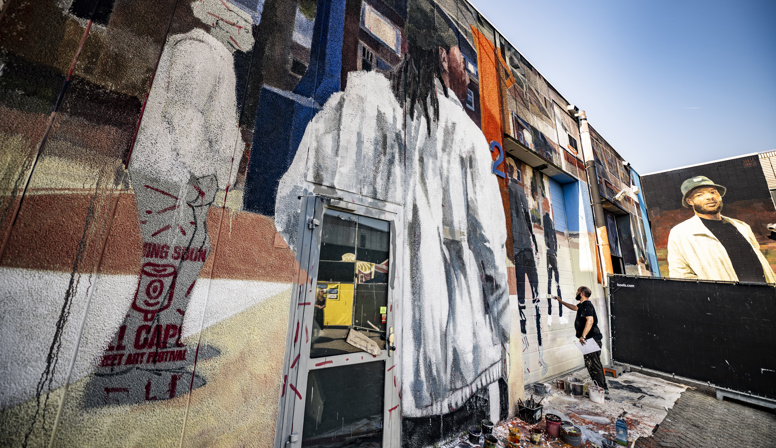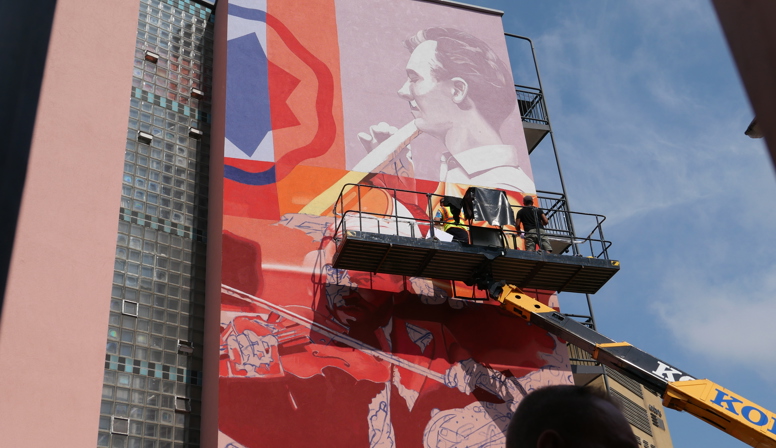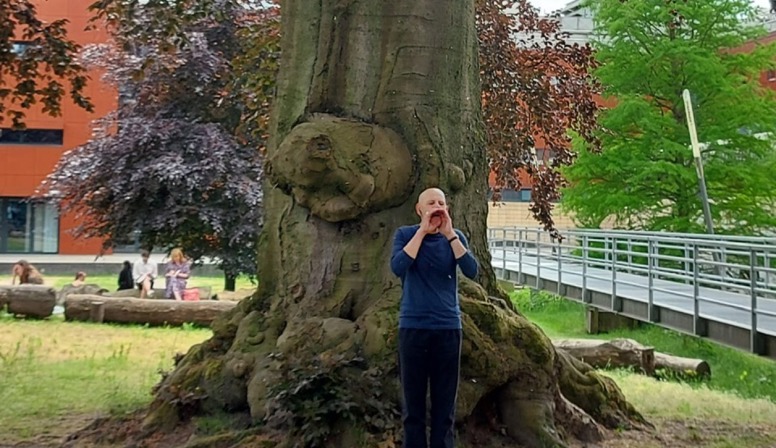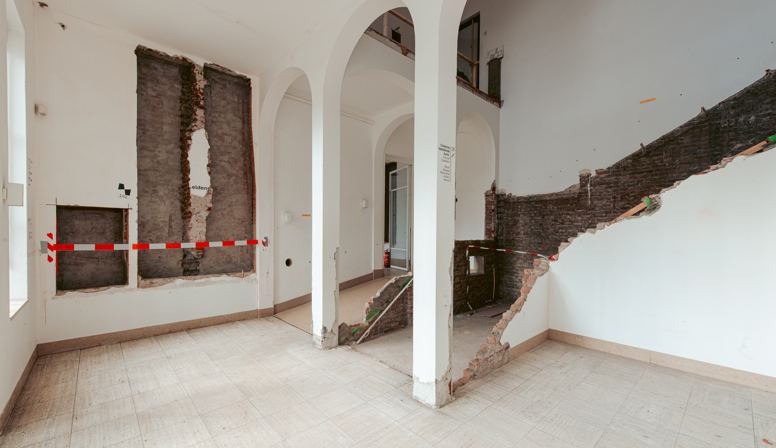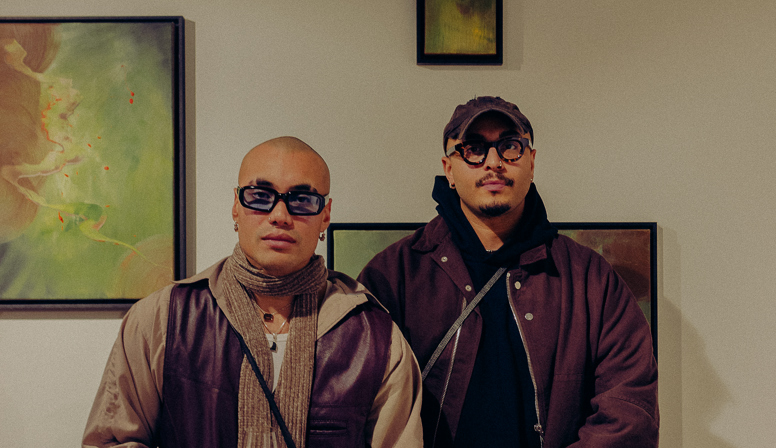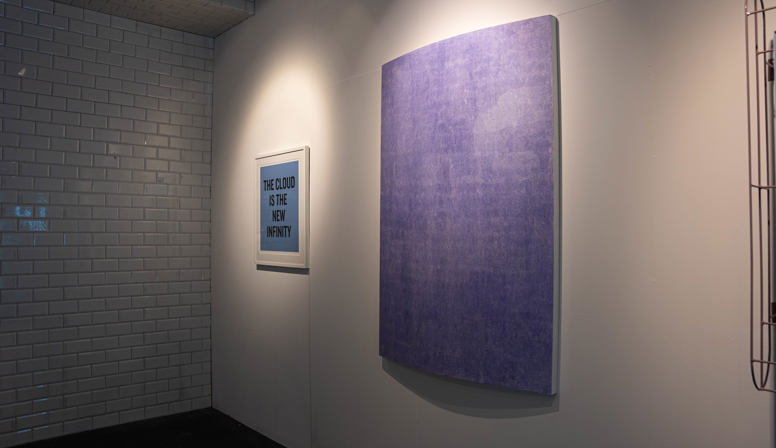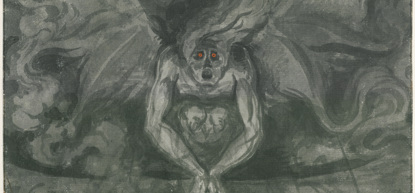
Dark art at the Kunsthal
Ominous witches, creepy monsters and hideous monstrosities: Kunsthal highlights the dark side of the human imagination from Saturday 15 June in the exhibition Hello darkness, my old friend. Seventy works on paper from the Leiden University Libraries collection confront visitors with the dark side of European art history. From Leonardo da Vinci's character studies and the prints of Pieter Bruegel the Elder, to Natasja Kensmil's charcoal portraits, they all reveal our fascination with the macabre.
The exhibition consists of seven themes and shows that certain beliefs and fears are of all times. The theme 'Death comes for all' deals with the inevitable end of man and the prominent role death plays in art history. So-called death dances, renderings of skeletal figures taking people in a dance of death, are masterfully brought to life in the woodcuts of Hans Holbein II (1497-1543). Characteristic of the depiction of this subject is that death makes no distinction between who it comes to take: poor, rich, pious or sinner.
The end of times
Biblical imagery about the Last Judgement, the Apocalypse and hell occur in the theme of 'The End of Time'. These works played a crucial role in spreading and strengthening the Christian faith, especially at a time when many people could not read. With 'Devils and Monstrosities', visitors will see Satan in various guises in prints by Albrecht Dürer (1471-1528) and David Humbert de Superville (1770-1849), among others. Animal-like with horns or seductive and mysterious: each one is the embodiment of evil.
Surreal and supernatural
The 'Nightmares and Visions' theme features dreamlike and surreal representations of the subconscious, from a fight between a drinking jug on legs and a headless male on a barrel in the water, to terrible plagues and monstrous apparitions. That artists were inspired by the collective fear and fascination with the supernatural, visitors discover in 'Magical creatures and witchcraft'. Brooms, gruesome potions and other mystical rituals are reflected in prints by Pieter Bruegel the Elder (c. 1525-1569) and Hans Baldung Grien (c. 1484-1545), among others.
Humorous elements
Despite the dark undertones, many of the works also contain humorous elements, which makes for an interesting paradox. 'Daily life at its strangest' gives quacks, satirical prints and - sometimes comical - legends a stage. Finally, at first glance, the works within the theme 'Allegorical Madness' seem to be mostly bizarre scenes, but those who look longer can draw important lessons from them. For instance, a print where sheep confess to a wolf can be seen as an indictment of church power, and fighting money bags and coffins symbolise the hypocrisy of war. In the interplay of shadow, light, humour and seriousness, the visitor experiences the nuances of human existence.
Leiden University Libraries
The exhibition is produced in close cooperation with the Leiden University Libraries (UBL). The UBL manages special collections of national and international importance, including manuscripts, drawings, books, archives, photographs, prints, maps and letters from all over the world. The collections are actively added to and made available for education, research and interested parties.
Want to read more news?
Read more tips, background stories and news about Rotterdam.




